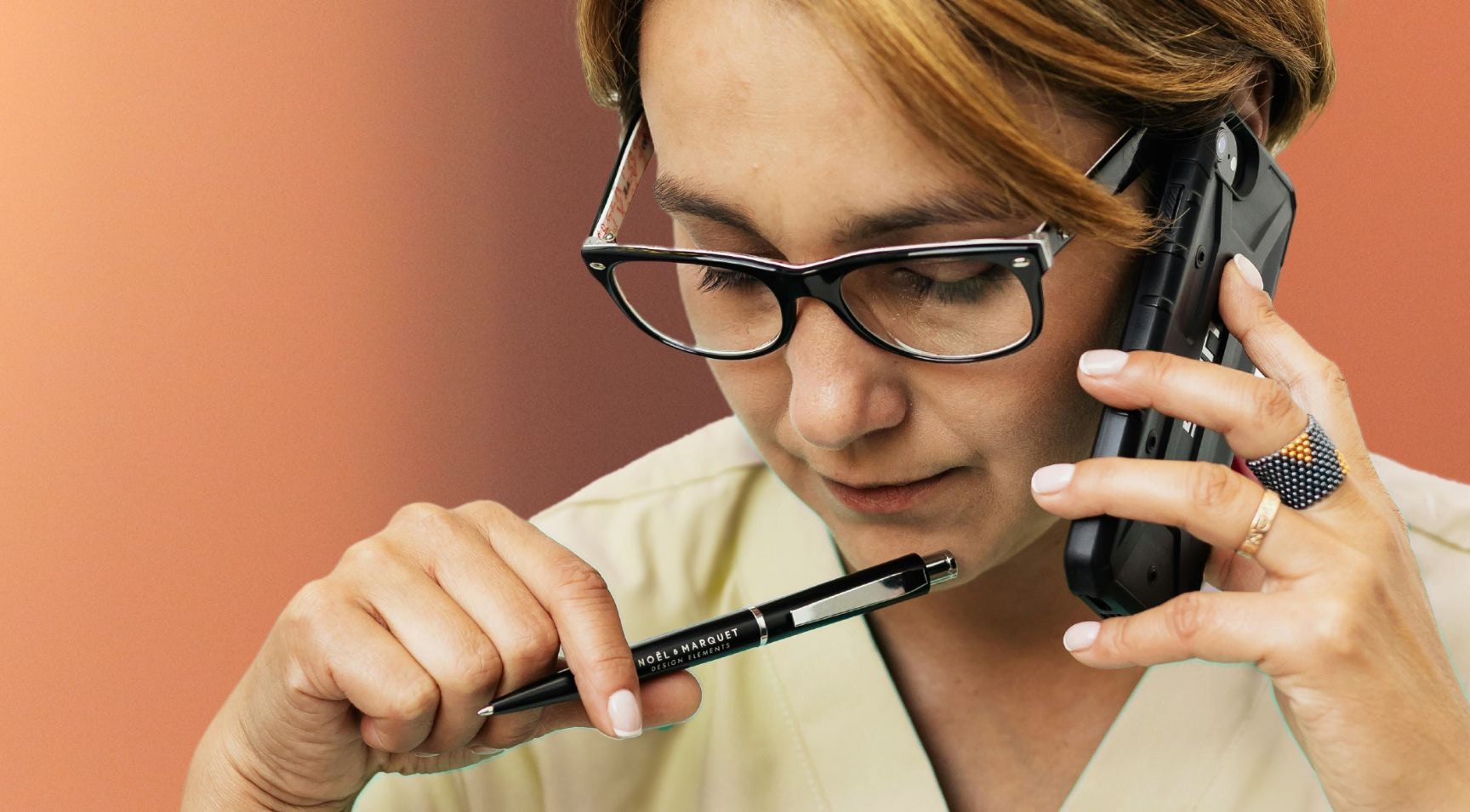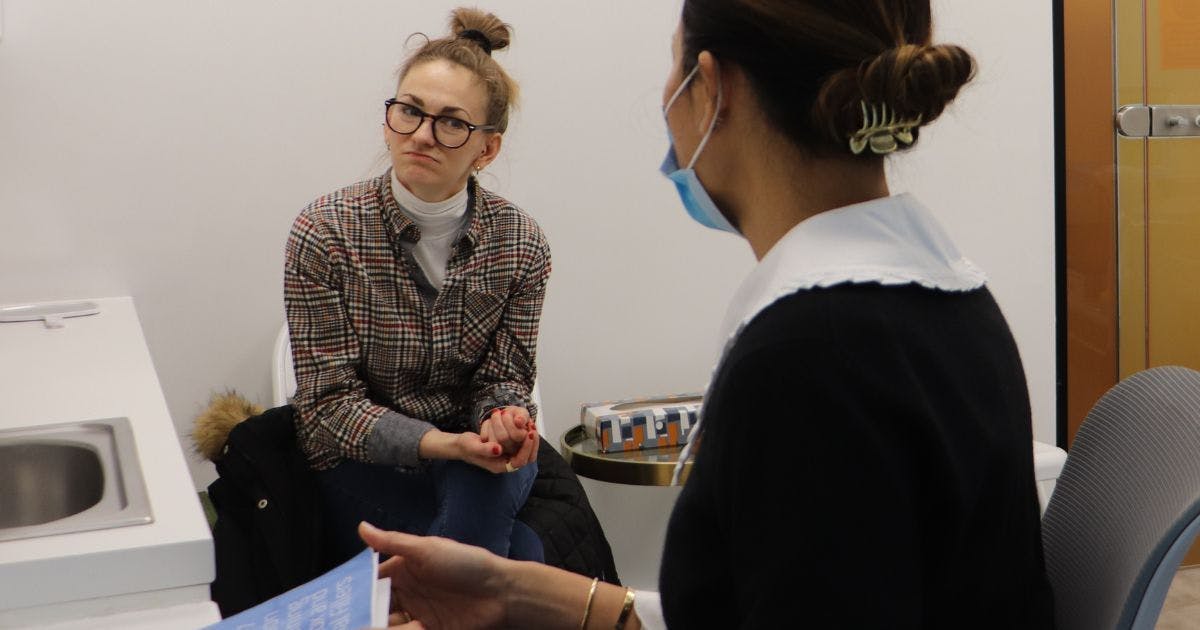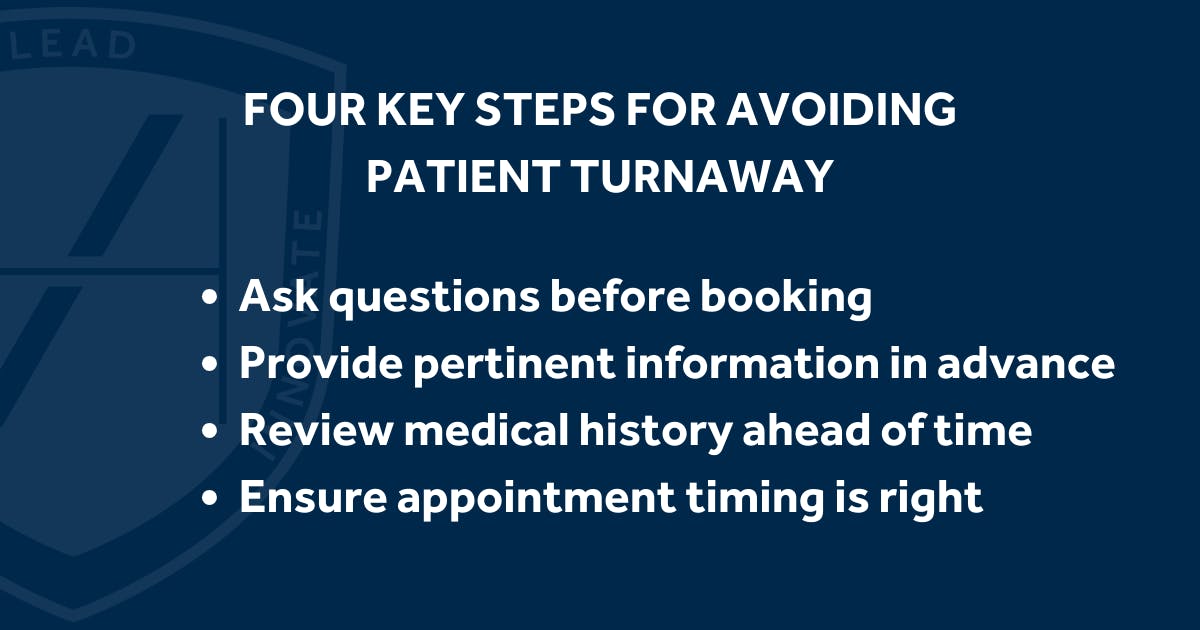How to Minimise Patient Turnaway in Aesthetics

Your one-stop guide to minimising patient turnaway as an aesthetics practitioner. This article explores measures preventing on-the-day treatment refusal and what to do when this is a necessity.
We share realistic action points and tips on the best ways to communicate with your patients. These will help ensure you make the most of every clinic day and keep your clients happy in the process!

Pre-consultation information that can reduce patient turnaway
Asking your patient the right questions before they attend a consultation is useful to understand their medical history better. You’re also able to assess if there may be any contraindications present before they attend.
This type of pre-screening can help to reduce patient turnaway, saving time for both you and your potential patient.
What questions should you ask your patients before you invite them for a consultation?
1. Have they recently had any antibiotics, colds, flu or medical/dental treatments? This information can be used to determine potential contraindications
2. Do they have any local skin infections or inflammation?
3. Do they have any social events coming up? As injectable treatments can sometimes leave swelling or bruising, recovery time needs to be considered
4. Are they planning on travelling abroad any time soon? Ideally, you need to know if your patient is planning on flying before the consultation. They will require a minimum of one to two weeks of recovery time after injection, before flying.
Allowing a week or two before flying also lets bruises or other side effects heal. For instance, cabin pressure experienced during flights, especially, long haul, may aggravate swelling. Avoiding immediate travel means if any symptoms of a vascular event occur, the patient can contact you and be reviewed.
Communicating vital pre-treatment information to patients
Before your patient comes for a consultation, there are a few things they may find useful. How you deliver that information is dependent on what you’re communicating.

How can you pre-screen before a consultation?
Most practitioners use written communication when a patient books a consultation or treatment. This may be a written PDF summarising the considerations or a form to fill in with specific questions. This can be reviewed by the practitioner before the appointment.
What’s the best way to communicate with a patient who may be unsuitable for treatment before their consultation?
If the patient has any red flags on their medical history form from any prescreening, then a phone call is generally the best option. It’s also a good option when you need to follow up with a patient who hasn't completed their medical health form before their appointment, as this assures direct communication.
For other scenarios, an email or text message is a useful way to communicate as it can be referred back to. Having a written history of your interactions can be extremely useful if a patient demonstrates any red flags in the early stages of contact.
Refusing to treat a patient
Declining to treat is always a possibility. It’s important to know the best way to do this so as not to offend or upset the patient. There can be a whole host of reasons why a patient may not be able to go through with an aesthetic treatment.
Common reasons for pre-appointment patient turnaway
Some of the main causes of patient turnaway are:
- Medical history
- Contraindications
- Upcoming social events
- Travel plans.
It’s useful to communicate the appropriate timings between treatment and recovery for these instances. You can then book them in for a more suitable time if they prefer.
Why you may need to turn a patient away at their appointment
It’s not uncommon for patients to feel anxious when they’re about to receive treatment, especially for the first time. If the patient is unsure about the treatment, allow them more time to consider and reschedule.
It’s also important to trust your gut instincts. There may be difficult patients that you simply decide not to treat.

3 tips for turning a patient away
Refusing a patient's treatment is challenging. However necessary it may be, it can make the most experienced of practitioners feel uncomfortable. In moments like this, it’s crucial to have confidence in your judgement as a medical aesthetics professional.
1. Prioritising your patients’ health and needs
Turning patients away is a common part of aesthetic practice, especially as you start to become busier and see more people. We recommend stressing the ethical aspect of your decision in these scenarios. When explaining to your patient why you won’t be going through with their treatment, emphasise that you’re prioritising them and their needs. Explain to the patient that, as their medical aesthetics practitioner, you wouldn’t be acting in their best interest or doing your job properly if you were to go ahead with the treatment.
2. Provide information
Giving patients written information, such as a leaflet, on contraindications to botox and filler injections helps to inform them more about why they’re being refused treatment. Leaflets are a great tool for communicating much more detailed information, bridging the information gap between you and the patient. These can be emailed as part of their pre-appointment introduction to your practice. However, if you do use this type of resource, add a reminder to your calendar to review these regularly so the information is always up-to-date.
3. Rearranging appointments
The last step is to rearrange their appointment if appropriate for the scenario. This reassures the patient that you have their best interests at heart. It can build trust and prevent an escalation of any problems where they may feel ignored. Refusing treatment and delaying treatment are not the same and you need to communicate which situation you're dealing with when talking to your patients. Be crystal clear on the scenario and what that means - whether you don't recommend treatment at all, or whether you recommend simply delaying treatment - so your patient is in no doubt as to the situation.
Advice for new aesthetics practitioners looking to minimise patient turnaway
For those who are not solo aesthetics practitioners, periodically training your team on these considerations can be useful.
It’s important to liaise with your reception team regularly to enable timely contact with patients. Ideally, patient contact should be made with a reasonable time gap before the patient’s session.
Check each patient’s medical history forms in advance to avoid any unnecessary back and forth.
Remember, too, that showing empathy to your patients and their concerns helps to build trust. You can never really over-emphasise that your priority is putting their safety first.
Learn to inject safety and confidently with Harley Academy
Feeling confident in your abilities as a medical aesthetics practitioner is crucial. This doesn’t just apply to injecting. It also includes speaking to patients on the phone, during a consultation and advising post-treatment.
Get hands-on experience in aesthetics medicine with the Level 7 Diploma in Cosmetic Injectables. This is a respected postgraduate qualification in botox and dermal fillers that is JCCP-approved and Ofqual-regulated.
Our Level 7 provides you with real-life clinical experience that extends far beyond educational components such as anatomy and theory. Our trainers will guide you through the process, from the patient contact form to the consultation, safely administering treatment and delivering aftercare advice.
This detailed botox and filler course is designed with your progression in mind. By the time you complete your course, you'll be able to approach aesthetic practice with knowledge and confidence.
For more information on our range of medical aesthetics training courses, reach out to our Courses team. Book a call to receive personalised advice on finding the best aesthetic medicine education for you.
All information correct at time of publication
Download our full prospectus
Browse all our injectables, dermal fillers and cosmetic dermatology courses in one document
By submitting this form, you agree to receive marketing about our products, events, promotions and exclusive content. Consent is not a condition of purchase, and no purchase is necessary. Message frequency varies. View our Privacy Policy and Terms & Conditions
Attend our FREE open evening
If you're not sure which course is right for you, let us help
Join us online or in-person at our free open evening to learn more
Our Partners














STAY INFORMED
Sign up to receive industry news, careers advice, special offers and information on Harley Academy courses and services

